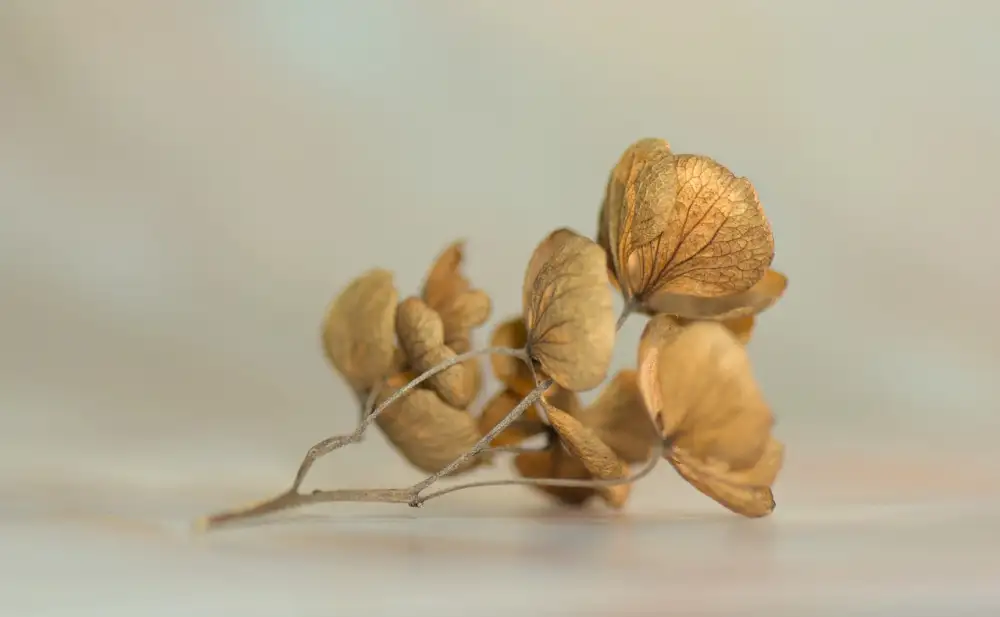Hydrangea Care: Essential Tips for Nurturing Beautiful Blooms at Home

- Choosing the Right Location for Hydrangeas
- Understanding Hydrangea Watering Needs
- Fertilizing Hydrangeas for Healthy Growth
- Pruning Hydrangeas to Promote Blooming
- Protecting Hydrangeas from Harsh Weather Conditions
- Dealing with Common Hydrangea Pests and Diseases
- Tips for Extending the Hydrangea Blooming Season
Hydrangeas are beloved for their stunning blooms and ability to add a touch of elegance to any garden or home. However, caring for these beautiful flowers requires some knowledge and attention. In this article, we will explore essential tips for nurturing hydrangeas at home. From choosing the right location to understanding watering needs, fertilizing, pruning, protecting from harsh weather conditions, dealing with pests and diseases, and extending the blooming season, we will cover all aspects of hydrangea care. By following these guidelines, you can ensure that your hydrangeas thrive and bring joy with their vibrant colors and delicate petals. So let's dive in and discover the secrets to nurturing beautiful hydrangea blooms at home!
Choosing the Right Location for Hydrangeas
Choosing the right location for hydrangeas is crucial for their growth and blooming. These beautiful flowers thrive in areas with partial shade, receiving about 4-6 hours of sunlight each day. Avoid planting them in full sun as it can cause their leaves to wilt and burn. Additionally, choose a spot that has well-draining soil to prevent waterlogged roots. Hydrangeas also prefer sheltered areas, protected from strong winds that can damage their delicate blooms. By selecting the perfect location, you can ensure your hydrangeas will flourish and provide a stunning display of color in your garden.
Understanding Hydrangea Watering Needs
Proper watering is crucial for the health and vitality of hydrangeas. These beautiful blooms require consistent moisture to thrive. However, overwatering can be just as detrimental as underwatering. The key is to find the right balance.
Hydrangeas prefer moist soil that drains well. Before watering, check the top inch of soil. If it feels dry, it's time to water. On hot summer days, hydrangeas may need watering every day or every other day.
When watering hydrangeas, aim for deep and thorough saturation. A slow and steady soak will allow the water to reach the plant's roots effectively. Avoid shallow watering, as this can lead to weak root systems.
To prevent waterlogging, ensure proper drainage by using well-draining soil or adding organic matter such as compost to improve soil structure. Mulching around the base of the plant helps retain moisture and regulate soil temperature.
During periods of heavy rainfall or excessive heat, adjust your watering schedule accordingly. Too much rain can drown hydrangea roots, while extreme heat can cause dehydration. Monitor weather conditions and adjust watering frequency as needed.
Remember that different hydrangea varieties have varying water requirements. For example, mophead hydrangeas (Hydrangea macrophylla) prefer more moisture than panicle hydrangeas (Hydrangea paniculata). Research your specific variety to determine its unique needs.
By understanding and meeting their watering needs, you'll help your hydrangeas thrive and produce stunning blooms all season long.
Fertilizing Hydrangeas for Healthy Growth
Fertilizing hydrangeas is essential for promoting healthy growth and vibrant blooms. The right balance of nutrients will ensure that your hydrangeas thrive and produce beautiful flowers. When choosing a fertilizer, look for one specifically formulated for acid-loving plants like hydrangeas. Apply a slow-release fertilizer in early spring or late winter, following the package instructions for the correct amount. Avoid over-fertilizing, as this can lead to excessive foliage growth at the expense of blooms. Regular fertilization will help your hydrangeas reach their full potential and reward you with stunning displays of color.
Pruning Hydrangeas to Promote Blooming
Pruning is an essential part of hydrangea care as it helps promote healthy growth and abundant blooms. The timing and technique of pruning depend on the type of hydrangea you have. For mophead and lacecap hydrangeas, which bloom on old wood, it is best to prune immediately after they finish blooming in late summer or early fall. Remove any dead or damaged stems, as well as any weak or crossing branches. Avoid cutting back more than one-third of the plant's total height.
For hydrangeas that bloom on new wood, such as panicle and smooth hydrangeas, pruning can be done in late winter or early spring before new growth begins. Cut back the stems to about 12-18 inches above ground level, removing any weak or overcrowded branches.
It's important to note that some hydrangeas do not require regular pruning at all. For example, oakleaf hydrangeas only need occasional removal of dead wood and shaping if necessary.
Pruning not only helps maintain the shape and size of your hydrangeas but also encourages new growth and more blooms. So don't be afraid to give your hydrangeas a little trim each year to keep them looking their best.
Protecting Hydrangeas from Harsh Weather Conditions
Hydrangeas are beautiful and delicate plants that require protection from harsh weather conditions to thrive. Extreme heat can cause the flowers to wilt, while strong winds can damage their delicate branches. To protect your hydrangeas, consider providing them with some shade during the hottest parts of the day. You can use a garden umbrella or plant them near taller plants or trees that provide natural shade. Additionally, you can create windbreaks by placing stakes around your hydrangeas and attaching burlap or netting to shield them from strong winds. By taking these precautions, you can ensure that your hydrangeas remain healthy and vibrant despite challenging weather conditions.
Dealing with Common Hydrangea Pests and Diseases
Hydrangeas are generally hardy plants, but they can still fall victim to pests and diseases. One common pest is the aphid, which can cause leaves to curl and distort. To combat aphids, try spraying the affected plants with a mixture of water and dish soap.
Another pesky critter is the spider mite, which can leave tiny webs on the undersides of leaves. Regularly inspect your hydrangeas for signs of spider mites and treat them with insecticidal soap if necessary.
Powdery mildew is a fungal disease that often affects hydrangeas. It appears as a white powdery coating on leaves and stems. To prevent powdery mildew, ensure good air circulation around your plants and avoid overhead watering.
Root rot is another common issue for hydrangeas, especially in poorly drained soil. To prevent this disease, make sure your hydrangeas are planted in well-draining soil and avoid overwatering.
By being vigilant and taking proactive measures against pests and diseases, you can keep your hydrangeas healthy and thriving for years to come.
Tips for Extending the Hydrangea Blooming Season
1. Deadhead regularly: Remove faded blooms to encourage new growth and prolong the blooming season.
2. Mulch around the base: Apply a layer of organic mulch, such as wood chips or compost, to help retain moisture and regulate soil temperature.
3. Provide adequate water: Hydrangeas need consistent moisture, especially during hot summer months. Water deeply and regularly, ensuring the soil is evenly moist but not waterlogged.
4. Use a slow-release fertilizer: Feed your hydrangeas with a balanced slow-release fertilizer in early spring to provide nutrients throughout the growing season.
5. Consider shade cloth: If your hydrangeas are exposed to intense sunlight, consider using shade cloth to protect them from excessive heat and sunburn.
6. Prune selectively: Avoid heavy pruning in late summer or fall, as this can remove potential flower buds for the next season. Instead, prune lightly in early spring before new growth appears.
By following these tips, you can enjoy beautiful hydrangea blooms for an extended period, adding color and charm to your home garden or landscape.
In conclusion, nurturing hydrangeas at home can be a rewarding and enjoyable experience. By choosing the right location, providing adequate watering and fertilizing, pruning properly, protecting from harsh weather conditions, and addressing pests and diseases promptly, you can ensure beautiful blooms all season long. With these essential tips in mind, you can extend the blooming season of your hydrangeas and create a stunning display of beauty in your home. So go ahead and bring the magic of hydrangeas into your garden and enjoy their vibrant colors and delicate petals. Happy gardening!
Published: 11. 01. 2024
Category: Home



